Every electrical specialist (both (ev) high voltage and VDE) knows, of course, that contact with live parts can be fatal. At this point, we would like to point out once again: As long as we are in the low-voltage range, i.e. AC voltage below 1000 volts and DC voltage below 1500 volts, the danger from body flow is only considered to be present in the case of physical contact, i.e. through touch. Electrical specialists differentiate between “direct contact” and “indirect contact”. However, this is often mistakenly interpreted by non-electrotechnical experts as contact of the skin with the live part or via a conductive element such as a nail. This would be obvious in view of the choice of words “direct” and “indirect”, but it is wrong.
First of all, a definition “Direct contact” is the touching of live parts by people or farm animals. “Indirect contact” means contact by persons or service animals with parts or bodies of electrical equipment that are live as a result of a fault.
Direct Touch, then, creates physical contact with something that is supposed to be under tension and is. Indirect touch, on the other hand, creates physical contact with something that is live but should not actually be live, but is only doing so because of a fault.
To clarify the similarities and differences: In direct and indirect touching, I or someone touches something that is under tension. In the case of direct touching, however, the touched something should also be under voltage, for example the live line. In Indirect Touching the touched something should just NOT be under voltage, but it is, due to a fault. This can be the metal housing of an electrical device that is live due to an insulation fault in the internal wiring.
By the way, it does not matter whether I know that something is under tension or not to determine whether it is direct or indirect touching. If a fourteen-month-old child starts picking at the socket with a nail lying around on the floor of the workshop and then catches the live contact, this is direct contact; even if the child did not know anything about the voltage or the danger. Even the fact that a nail was used for this does not matter, it remains a direct touch. Likewise, it does not matter whether the touching itself was intentional, lost in thought, or accidental. Direct touching means touching something that is quite regularly and properly under tension. Indirect touching means touching something that is live only, i.e. exclusively due to a fault, and should not be live. Both types of contact must not only be avoided, but also prevented in electrical systems and equipment.
Now, I completely missed one point, and that was the definition of who touches; people or livestock. persons is clear; these are human beings of all ages and genders. In the case of farm animals, the situation is somewhat different and, depending on the definition, one actually finds different designations here. This does not refer to animals in the general sense, nor does it refer to livestock in the exclusive sense of keeping livestock, as is the case with cattle or sheep. These are animals that are supposed to be in the area of electrical equipment on a regular basis. This somewhat admittedly woolly statement has its background. As a plant operator, we are obliged to protect these against direct and indirect contact. The electrical specialist implements and maintains the fulfillment of this obligation. Imagine you are responsible for an electrical system. You visit them as an electrical specialist for testing, repair or maintenance purposes. The equipment is in proper condition. You shut down the system and open it properly. You notice a dead mouse, which somehow got into the system and touched live parts, which led to its death. As tragic as this may be for this animal, this is not fundamentally a plant defect. Of course, the system operator is free to install significantly more extensive protection. And it may also be appropriate or even required, depending on the circumstances. But basically, this is not necessarily to be considered an error by you or the operator. Nevertheless, suitable protection must be provided against both direct contact and indirect contact. For this purpose, there are three categories in the so-called protective measures according to VDE 0100 Part 410.
Our free(REALLY free, even WITHOUT having to provide an email address!) paper “5 Things You Must Have Clarity About Before Qualifying and Deploying Your Employees for Electrical Engineering Work.” can be accessed here (click).
If you would like to know more about the different roles, in particular those of the EiP, ES, CRES and especially those of the CRES and how they interact, I recommend our publications, for example the audio book “Die Verantwortliche Elektrofachkraft: CRES-Struktur und Betriebliche Elektrosicherheit für Unternehmer, Fach- und Führungskräfte”. Information and sources of supply can be found on the usual audio book portals as well as on the homepage tcs-engineering.de
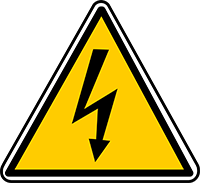

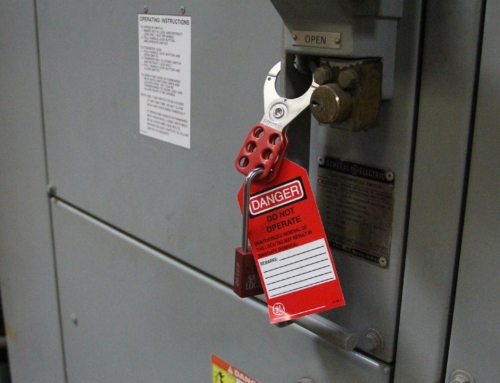


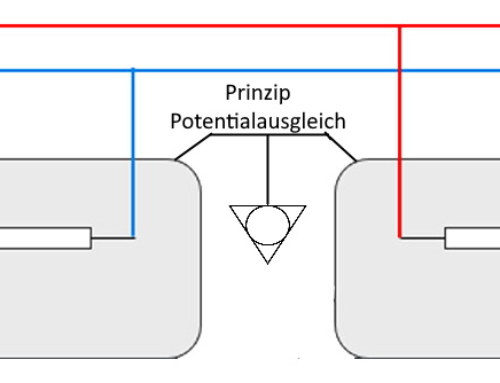
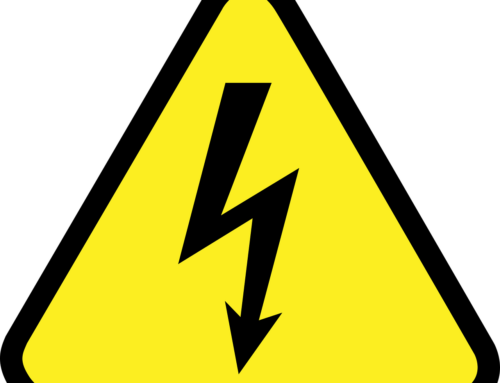
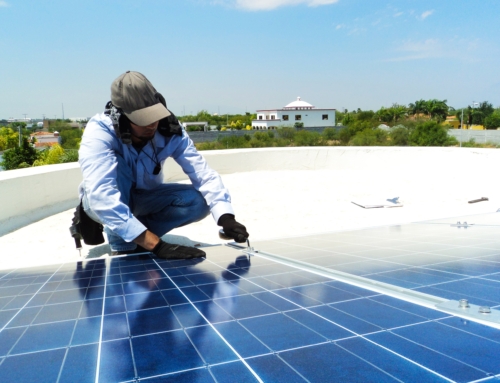

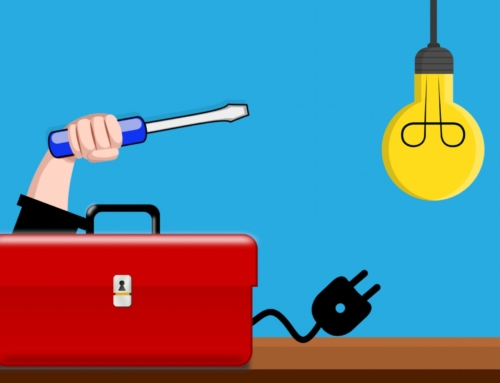
Leave A Comment